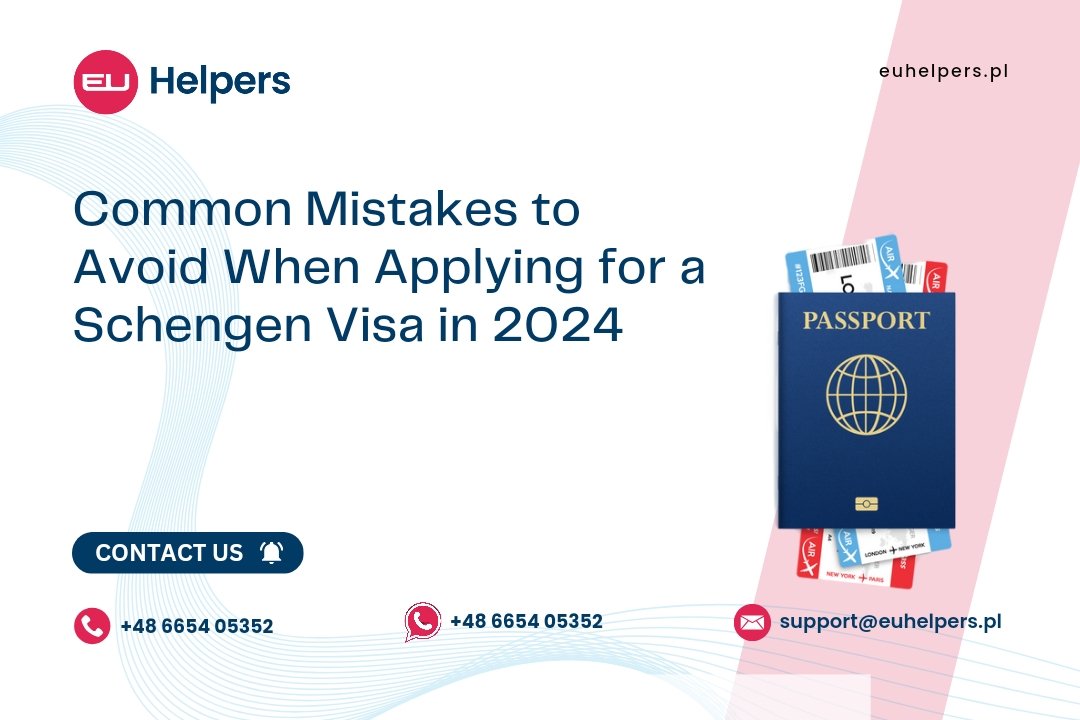Most of the time, these mistakes occur due to a lack of knowledge or the applicant not understanding the importance of meeting the document criteria set by the Schengen country they wish to visit.
Here are the top mistakes to avoid when applying for a Schengen visa. Following these tips can help improve your chances of getting your Schengen visa approved.
- Gathering the Required Documents Based on a Random List Provided by a Friend
- Passport Does Not Meet the Requirements
Having a passport with several months of validity remaining is insufficient, as some travelers have learned the hard way. The EU has specific and strict passport rules for Schengen visa applicants:
- The passport must be valid for at least six months beyond the planned trip to the Schengen Area.
- The passport must have been issued within the last ten years as of the date the holder plans to leave the Schengen country they are visiting.
- The passport must contain at least two blank pages, which cannot be added later.
Applicants who fail to meet any of these criteria will be denied a visa.
Additionally, travelers seeking a multiple-entry visa for periods of three or five years must ensure their passport's validity extends beyond the visa period they are requesting. If the passport's validity is shorter, the visa granted will typically be valid only until shortly before the passport expires.
- Completing the Application Form with Information That Does Not Match Other Documents
- The Applicant Lacks Proper Travel Insurance
- Submitting the Application Too Early or Too Late
- Applying to the Wrong Embassy/Consulate/Visa Center
- Failing to Bring Cash for the Application Fee

